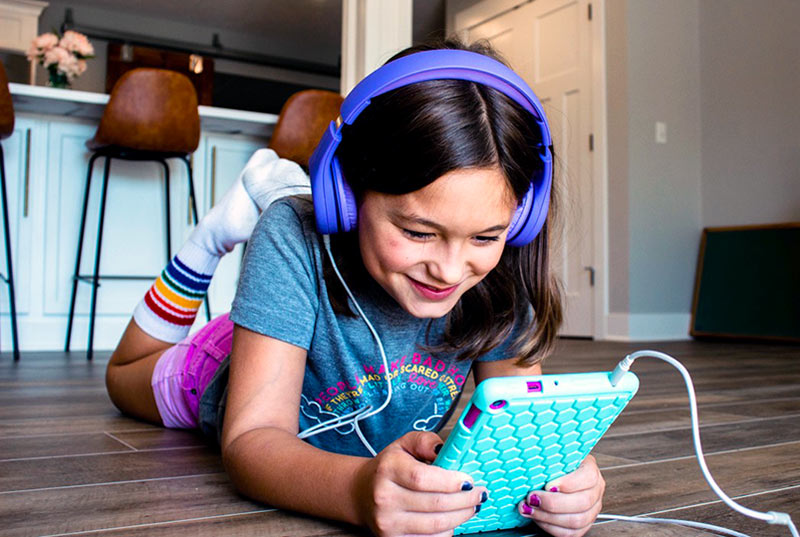
When you have children, it’s natural to want the best for them. However, every parent needs a break, and sometimes popping your child down in front of a computer or iPad can help. Having your child watch or play a game on an electronic device can help drive away boredom and keep them occupied, and if they have a pair of headphones on, that’s even better. You may not want to listen to what is playing from the device, but if you do this, pay attention to the type of headphones you are giving to your child to use. A child’s ears are super sensitive, so using a regular pair of headphones is not recommended. Purchasing your child a pair of headphones meant for kids is necessary if you want to protect their sensitive, developing ears. Sounds over 85 decibels carry the potential to damage hearing, so it is best to know how to pick out the best headphones for kids, ones that are designed with little ears in mind.
Purchasing a pair of headphones designed specifically for children can help protect their developing ears from noise-induced hearing loss. However, knowing how to pick the best headphones for kids is critical, so check out these helpful tips.